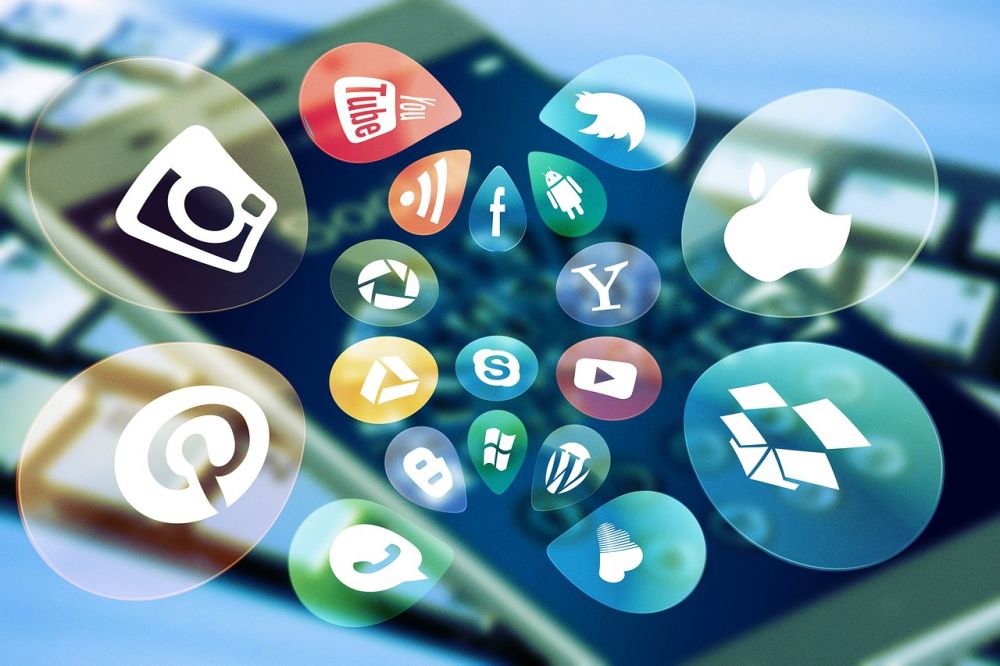Google Translate App: Simplifying Communication Across Languages

Introduction:
In our increasingly globalized world, communication barriers can often pose challenges, hindering understanding and collaboration. However, thanks to technological advancements, language is no longer an insurmountable obstacle. The Google Translate app has revolutionized the way we communicate, bridging language gaps and enabling seamless conversations in real-time. In this article, we delve into the features, evolution, and significance of the Google Translate app, providing important insights for individuals interested in this cutting-edge technology.
Understanding the Google Translate App:

The Google Translate app, available for both iOS and Android devices, is a versatile tool that enables users to translate text, speech, and even images across more than 100 languages. With its intuitive interface and robust functionality, it has quickly become a go-to resource for travelers, business professionals, and language enthusiasts alike. Whether you need to decipher signs in a foreign country or engage in a multilingual conversation, this powerful app has you covered.
Key Features and Functionality:
1. Text Translation: The cornerstone of the Google Translate app is its ability to translate text accurately and swiftly. Simply type or paste the desired text, select the source and target languages, and let the app work its magic. The app ensures high-quality translations by leveraging Google’s comprehensive language database and machine learning algorithms.
2. Speech Translation:
One of the most impressive features of the Google Translate app is its speech translation capability. Users can speak directly into their devices, and the app will instantly convert their words into the desired language. This dynamic feature has revolutionized verbal communication, making conversations between individuals who speak different languages effortless.
3. Camera Translation: Have you ever struggled to understand a menu or a street sign in a foreign country? With the Google Translate app’s camera translation feature, you can now simply point your device’s camera at the text, and the app will translate it in real-time. This powerful tool eliminates the need for manual typing, saving time and effort while providing accurate translations.
4. Offline Access: Recognizing that internet availability may vary during travel or in remote areas, the Google Translate app offers offline access to its users. This means that important translations can be made even without an internet connection, ensuring that language barriers don’t impede communication.
Evolution of the Google Translate App:
Google Translate has come a long way since its inception in 2006. Initially a basic text translation service, it has evolved into a comprehensive language tool, integrating cutting-edge technologies and constantly improving its accuracy. The app’s continuous development can be attributed to two key factors: advancements in machine learning and user feedback.
The integration of machine learning algorithms has significantly enhanced the app’s translation performance. By analyzing vast amounts of multilingual data, the app now recognizes nuances, idioms, and context-specific translations. This has greatly reduced instances of mistranslation and enhanced overall accuracy.
Furthermore, the Google Translate team actively encourages user feedback, which has been instrumental in improving the app’s functionality. Feedback from millions of users worldwide has helped identify and rectify translation errors, expanding the app’s language database, and making it more user-friendly.
Significance of the Google Translate App:
The Google Translate app has revolutionized cross-language communication, making the world a smaller and more connected place. Its benefits extend beyond individual convenience, impacting various industries and facilitating global collaboration.
In the tourism sector, the app has empowered travelers to explore foreign destinations without the fear of language barriers. It has also facilitated better business interactions, enabling multinational corporations and entrepreneurs to communicate effortlessly across different languages, thereby fostering international trade and partnerships.
Moreover, the Google Translate app has played a crucial role in breaking down language barriers in education. By providing students and researchers with the ability to access and understand foreign texts, it has broadened intellectual horizons and promoted cross-cultural understanding.
In conclusion, the Google Translate app is a remarkable technological innovation that has simplified communication across languages. With its intuitive features, continuous evolution, and global impact, it has cemented its position as an essential tool for individuals, businesses, and educators alike. By eliminating communication barriers, this app has made the world more interconnected, fostering understanding, collaboration, and growth on a global scale.











